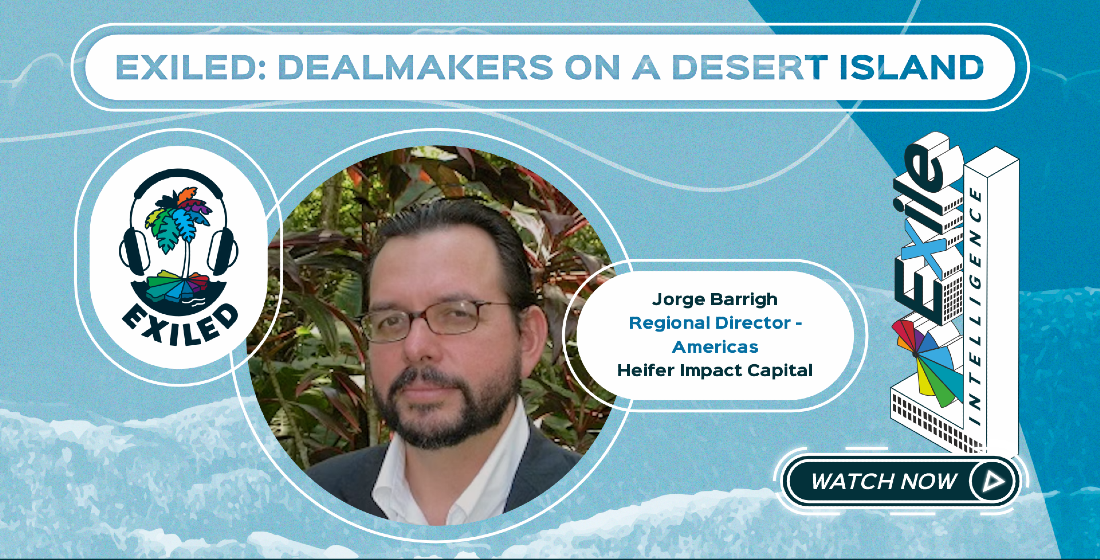‘Green’ or ‘sustainability-linked’?: How cities can finance their climate goals
At the EBRD’s Green Cities Annual Conference 2021, the European development bank’s Carel Cronenberg laid out the respective benefits and drawbacks of two key green finance instruments: green bonds and sustainability-linked bonds.

Cities have a critical role to play in delivering the climate change mitigation and adaptation targets set out in the Paris Agreement. The most recent assessment by the Intergovernmental Panel on Climate Change (IPCC) found that urban areas account for around 70% global energy consumption and 75% of emissions.
The EBRD’s Green Cities Programme is a €3 billion framework that helps its 47 member cities to identify, benchmark and prioritise green and sustainable investments and policy measures to improve the urban environment for their citizens. At the EBRD’s Green Cities Annual Conference 2021 last week, Carel Cronenberg, associate director in the development bank’s Green Economy and Climate Action Group, shared some insight on the appropriate green finance tools for cities’ idiosyncratic climate requirements.
One of the green finance instruments that has been heavily used in recent years, particularly in the US, Canada and the EU, is green bonds—with the market forecast to see a record breaking $500 billion of issuance in 2021. Green bonds are highly appropriate for cities to raise private capital to fund their green transitions. “But this has some implications,” warns Cronenberg. “Cities need to have a very clear use of proceeds and clear plans for the funding. You have to take significant administrative steps; like getting a credit rating, doing the marketing, getting external verification.” Projects also can’t be too small, adds Cronenberg, because otherwise the high administrative costs and efforts will not justify the capital raise. “And there are a number of drawbacks: for instance, you can’t really issue bonds in local currencies; and a lot of projects that cities like to fund with green bonds have low tenors and long payback periods.”
Another green finance instrument available to cities and municipalities is the sustainability-linked bond. The mechanism has only recently been developed, with The Sustainability-Linked Bond Principles only established in 2020. Marilyn Ceci, global head of ESG developed capital markets at JP Morgan and an influential voice in the fast-growing market, recently predicted the market to grow twentyfold this year to between $120 billion and $150 billion. “They’re particularly relevant for projects that have set targets,” says Cronenberg. “The advantage of sustainability-linked bonds is that they don’t prescribe in detail the use of proceeds, but are more general and are more focused on your KPIs (Key Performance Indicators) and targets. It’s very much forward-looking, it’s performance-based, and it’s supposed to have less administrative burdens and less use of resources. But the price you pay for not hitting your targets may have heavy financial implications.”





